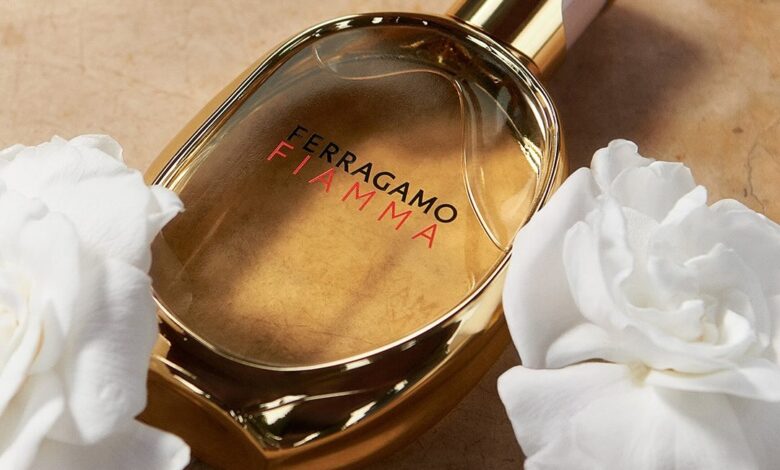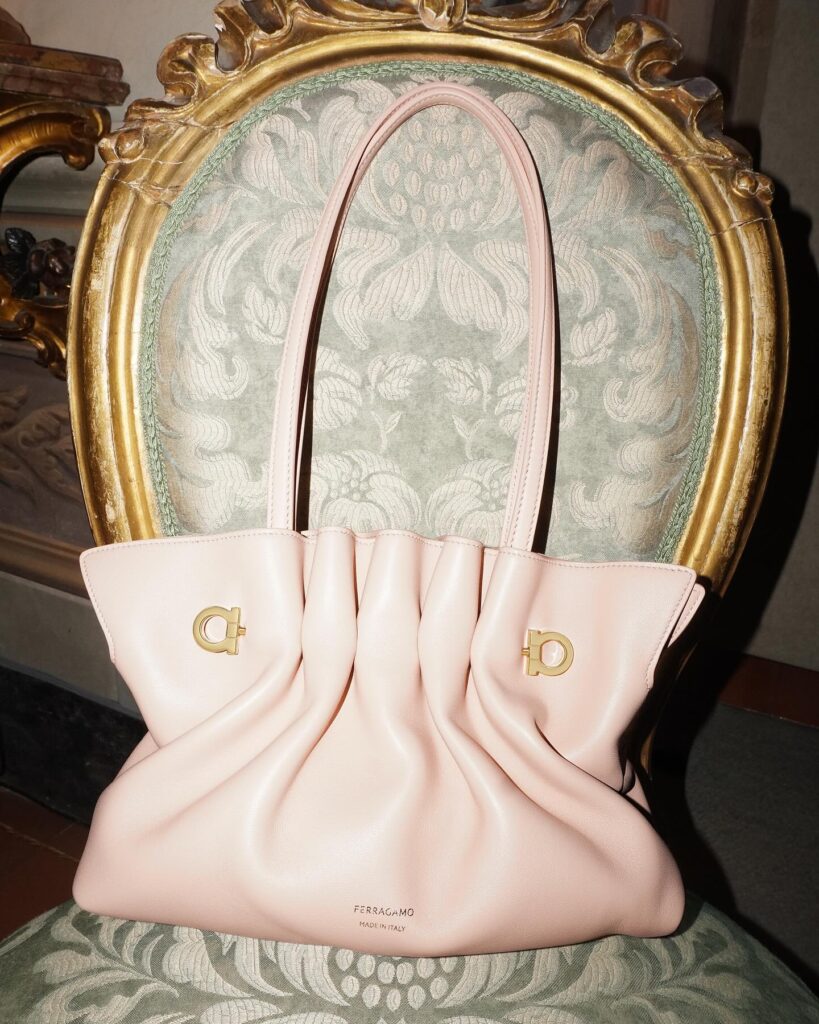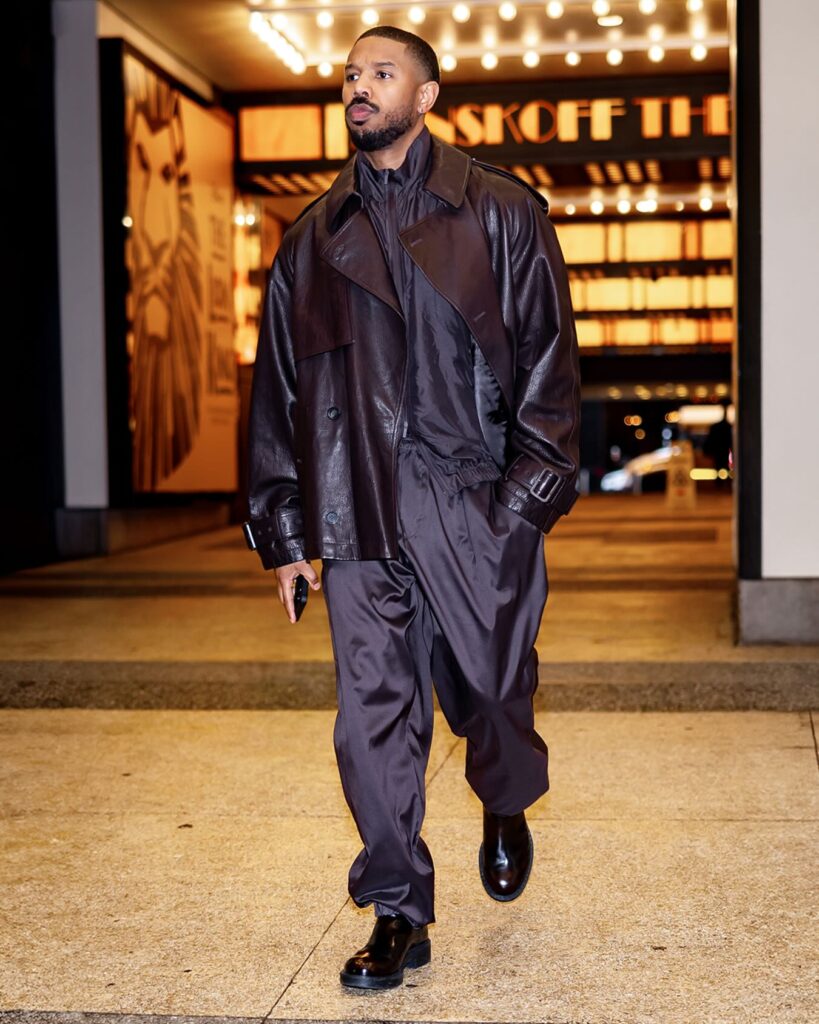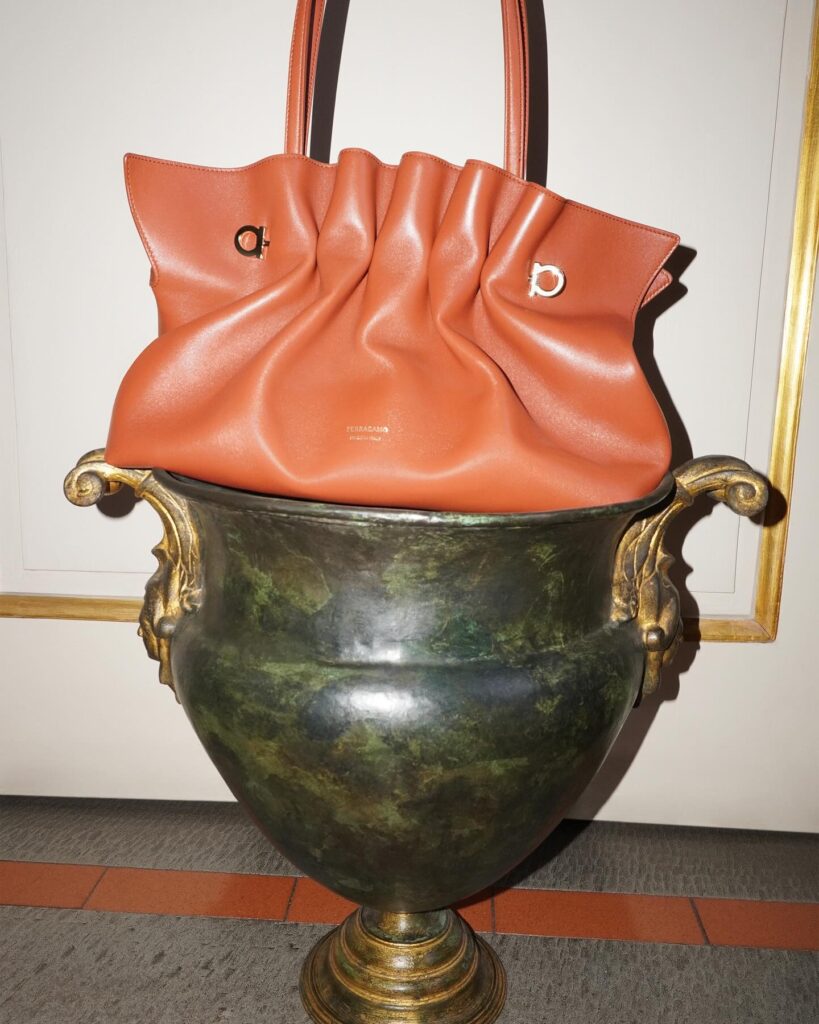Crafting Legacy: How Salvatore Ferragamo Built a Timeless Fashion Powerhouse

Crafting Legacy: How Salvatore Ferragamo Built a Timeless Fashion Powerhouse. In the world of luxury fashion, few names carry the weight of heritage and innovation quite like Salvatore Ferragamo. What began as the vision of a young Italian shoemaker in the early 20th century evolved into a global luxury brand known for craftsmanship, creativity, and resilience. The story of Ferragamo is one of artistic mastery fused with business acumen—a blueprint for building a legacy brand from the ground up.
From Naples to Hollywood: The Rise of a Master Craftsman
Salvatore Ferragamo was born in 1898 in Bonito, Italy, and made his first pair of shoes at age nine. By his teens, he was already committed to mastering the craft. In 1914, he emigrated to the United States, eventually opening the Hollywood Boot Shop in 1923. Ferragamo quickly became the go-to shoemaker for stars of the silent film era, earning the nickname “Shoemaker to the Stars.”
His early success wasn’t purely about celebrity connections. Ferragamo focused obsessively on fit, form, and function. He even enrolled in anatomy classes at the University of Southern California to better understand how to design shoes that supported the foot correctly. This dedication to detail set his brand apart early and established authenticity as its foundation.

Innovation as a Growth Driver
After returning to Italy in 1927, Ferragamo set up shop in Florence, a city rich in artisanal tradition. Though the Great Depression and World War II disrupted business, Ferragamo responded with innovation. During wartime material shortages, he designed shoes using unconventional materials like cork, fishing line, and cellophane.
The iconic cork wedge, patented in the 1930s, was born from these constraints. It would go on to become a symbol of Ferragamo’s ingenuity. This ability to turn limitations into creative breakthroughs became a defining trait of the brand and a valuable lesson in resilience.
Strategic Brand Expansion
By the time of Salvatore Ferragamo’s death in 1960, the company had sold over 350 patents and built a loyal international clientele. His wife, Wanda Ferragamo, took over as chairwoman and led the brand through its next major chapter.
Wanda oversaw the strategic expansion from a footwear house to a full-fledged luxury lifestyle brand. Throughout the 1980s and 1990s, Ferragamo introduced ready-to-wear clothing, leather goods, accessories, and perfumes. Each product line stayed true to the founder’s legacy of craftsmanship and quality.
The company also built a vertically integrated model, controlling much of its production in-house—from tanning leather to stitching garments. This allowed it to maintain tight quality control, a key factor in upholding its luxury image.

Modernization and Market Positioning
In 2011, Ferragamo went public on the Milan Stock Exchange, marking a major shift in its corporate structure while keeping the Ferragamo family deeply involved in operations. The move injected capital that supported global expansion, particularly in Asia and the United States.
Ferragamo’s marketing strategy combined classic storytelling with modern touchpoints. The brand leaned into its rich archive of celebrity endorsements and craftsmanship while embracing digital platforms to reach younger consumers. Iconic products like the Vara pump and Gancini belt became central brand symbols, blending heritage with versatility.
In 2022, the company rebranded under the creative direction of Maximilian Davis, signaling a more modern and youthful direction while still paying homage to its roots. This balance between legacy and innovation continues to define Ferragamo’s evolution.
Lessons for Entrepreneurs
1. Authenticity Builds Trust: Salvatore Ferragamo’s personal story and dedication to craftsmanship laid a solid foundation. Entrepreneurs should lead with genuine expertise and passion for their product.
2. Turn Constraints into Innovation: Ferragamo’s wartime creativity shows that challenges can become catalysts for iconic innovations. When resources are limited, creativity matters most.
3. Strategic Diversification Matters: Expanding into adjacent product categories helped Ferragamo grow while staying consistent with its brand identity. Scale with intention, not just opportunity.
4. Preserve Core Values During Modernization: Whether going public or appealing to new generations, Ferragamo always kept its core values intact. Change is necessary, but values should anchor every decision.

A Brand That Walks Its Talk
Today, Salvatore Ferragamo remains one of the most respected names in luxury fashion. Its journey—rooted in a shoemaker’s meticulous craft and carried forward through strategic evolution—offers a roadmap for building a lasting, authentic brand. For entrepreneurs, Ferragamo is proof that staying true to your vision, embracing innovation, and evolving with purpose are the cornerstones of enduring success.




